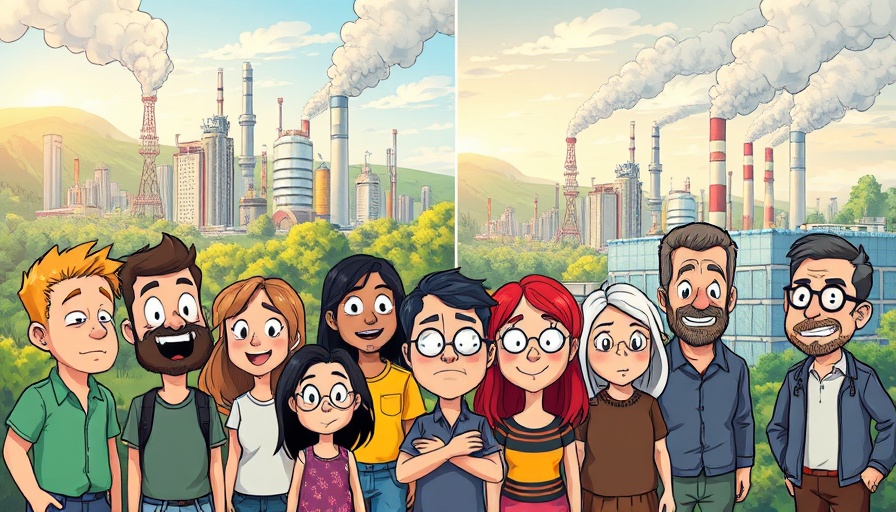
Understanding the Hidden Environmental Costs of AI
As Artificial Intelligence (AI) reshapes our daily lives, its complexities often drown out discussions about its environmental impact. Utop’IA is a new educational graphic novel that seeks to illuminate this pressing concern. Developed by author and illustrator Herji in collaboration with the LEARN Center of EPFL, this work introduces readers to the journey of Aïcha, a fictional Master’s student in AI, and her friend Félix, as they navigate the dichotomous world of AI in terms of its environmental footprint.
Why Graphic Novels? A Unique Way to Engage Youth
Targeted primarily at teenagers, Utop’IA utilizes a graphic novel format to engage young readers on an otherwise intimidating subject. According to LEARN project manager Sonia Agrebi, the aim is “to challenge perceptions and explain concepts,” fostering a deeper understanding of AI’s environmental repercussions. By presenting the material in a relatable way, the novel underscores the urgent need for discussions around the ecological ramifications of AI.
Balancing the Scale: The Dual Impact of AI
The narrative portrays two contrasting worlds: Utop’IA, with its sustainable technologies, and M.I.A.M., reflective of pollution and exploitation. Through characters representing diverse viewpoints, Herji illustrates the benefits—such as energy conservation and efficient waste management—against the backdrop of the extensive environmental costs, including energy consumption and resource extraction. Francesco Mondada from EPFL emphasizes the alarming reality of AI's resource-hungry nature, underscoring that, “people don’t understand just how resource-hungry they are.”
The Importance of Transparency in AI
As leaders in organizations look to harness the power of AI for transformation, understanding its environmental toll becomes vital. The juxtaposition of Utop’IA and M.I.A.M. provides practical insights for decision-makers who must grapple with ethical and ecological considerations in AI adoption. The novel encourages transparency and thoughtful discourse among stakeholders: CEOs, CMOs, and COOs must be actively engaged in conversations surrounding the sustainable evolution of AI technologies.
A Call to Action for Businesses and Individuals
In a world increasingly reliant on technology, it is essential to advocate for responsible AI practices that prioritize sustainability. The moral responsibility lies not only with tech developers but also with organizational leaders who seek to implement AI solutions. By recognizing the environmental impact, companies can redefine their strategies and invest in technologies that are both innovative and eco-friendly.
With valuable narratives like Utop’IA emerging, the dialogue around the environmental implications of AI is set to gain momentum. Stakeholders need to remain vigilant about the risks and challenges AI poses to the environment while also exploring its potential benefits. Only through a balanced and informed approach can businesses effectively navigate the future of AI in a sustainable manner.
 Add Row
Add Row  Add
Add 




Write A Comment